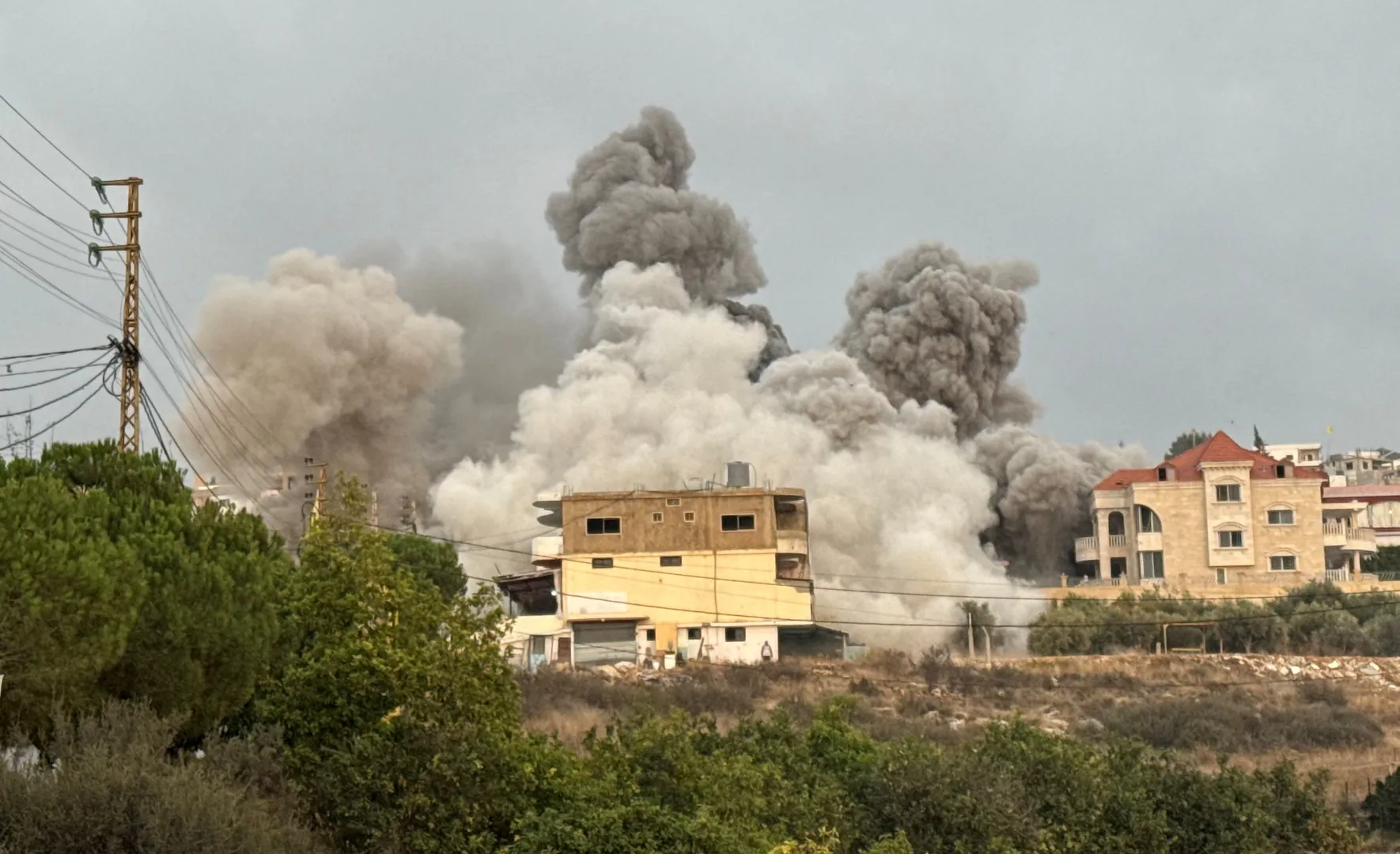Israel pounds southern Lebanon with drone, airstrikes | Hezbollah
Video shows Israeli drones launching intense airstrikes in southern Lebanon on Thursday. At least one person was killed in the town of Toura. Israel said it was targeting Hezbollah sites despite a ceasefire agreed to with the group last year.
Published On 6 Nov 2025
